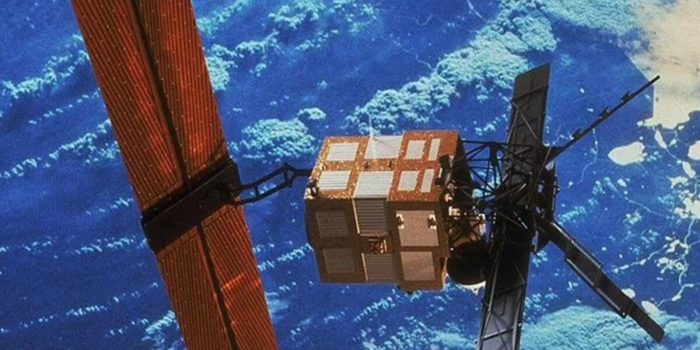A really big European satellite, called European Remote Sensing 2 (ERS-2), fell back to Earth which is almost as big as a Rhino. This satellite was sent up to space in 1995 who’s purpose was to check out Earth’s land, oceans, and ice. In 2011 however, The European Space Agency (ESA) said it came back down on a Wednesday around 3:00 pm Eastern Time.

ESA was watching to see where it would land, but it took a bit of time to make sure it came down safely. When it entered the atmosphere, the satellite broke into smaller pieces. Luckily, the chance of it hitting someone was extremely low, like winning a very rare lottery.

ESA had predicted it would come back around 10:49 am ET, but it took longer. This was because of unpredictable solar activity that affects how dense Earth’s atmosphere is. The satellite ended up falling into the ocean between Alaska and Hawaii.
The satellite’s crash spot was a bit uncertain until the last 24 hours. ESA thought it might crash in Africa, where people live, but luckily it didn’t.
There are lots of satellites in space, and ERS-2 is just one of them. It’s common for satellites that stop working to come back to Earth like this. Dr. James Blake, a researcher, says that this is what happens when satellites can’t fight against the Earth’s pull anymore. He says it’s important for satellite operators to bring down old satellites quickly so that space stays safe for new missions.
Since ESA stopped using ERS-2, they’ve been trying to bring it down safely. They used up its fuel and lowered its altitude to reduce the chances of it crashing into other satellites or adding to the space junk around Earth.

As time passed, ERS-2 got closer to Earth because of something called “orbital decay.” Eventually, it got close enough to burn up in the atmosphere. Most of it burnt up, but some pieces might have fallen into the ocean. ESA says these pieces shouldn’t be dangerous because they don’t have any toxic or radioactive stuff in them.
ERS-2 had a twin called ERS-1, which launched four years earlier. Both satellites had fancy instruments to study Earth, like a radar altimeter to measure the ground and sensors to check ocean temperature and wind. ERS-2 also measured ozone in the atmosphere, which helps protect us from the sun’s rays. ERS-1 stopped working in 2000, and nobody knows where it is now.


